Problem Solving, One Sticky Note at a Time
A teacher shares a winning writing strategy.
January 28, 2023
There are two major challenges I have been trying to help my eighth grade writers overcome this year:
- Using Google’s search engine as a crutch
- Rushing through work and sacrificing quality.
In our first “lap” around informational writing, I asked my students to develop a listicle (a Buzzfeed-like piece) based on something they already have a great deal of expertise in. Students chose topics they knew a lot about, brainstormed what they planned to say, and talked through their plan with a partner. Still, when it came time to actually type, I saw many of them open up a new tab and Google what to say for each of their points.
I was confused and a little annoyed. We’d done so much prep work. Based on what I’d observed, they were ready to write! Was it an impulse? Insecurity? I wasn’t sure, but when I began planning for our second lap in informational writing (a compare and contrast essay), I wanted them to see how much they could do on their own and provide stopping points to give specific feedback on the quality of their work.
So, I developed a lesson plan to model what they would eventually do with their own compare and contrast topics. I bought Chips Ahoy mini chocolate chip cookies and Crav’n (generic brand) mini chocolate chip cookies. My students paired up, filled in a Venn diagram comparing and contrasting the two in every possible way, determined the three categories they felt were most important when comparing the two cookie brands, and then developed a thesis statement based on their experience.
The next day we met and I gave each pair a yellow sticky note. I asked them to write their thesis statement on the sticky note. Then we developed a bare bones outline together. I projected my completed example onto the board and talked them through my thought process. Working with their partner, they developed 3 topic sentences, 3 explanations for each topic sentence, and restated their thesis statement. I felt it was important to only give them one sticky note at a time though. Once the pair had received the okay from me, I gave them their next sticky note. If they needed to revise, I gave them that feedback and they raised their hands when they were done so I could check it again.

All of this work paid off on days 3 and 4. On day 3 students selected their topics, filled in their own Venn diagram, determined their own 3 categories, and developed their own thesis statements. I gave them feedback on their thesis statements as they finished. We were ready for the main event.
On day 4 students moved back into their pairs from day 1. They laid out their Chips Ahoy vs Crav’n sticky note outline between them and got started on their own bare bones outline. This would serve as a reference point for them throughout the class period.
They were required to have me check their thesis statement, first topic sentence, and first explanation. They could not move forward with their outline until I had approved each of those parts. We solved SO many issues this way. Those check-in points pushed them to write with clarity and provided the space for them to ask questions immediately. They were also more focused than I have ever seen them and nearly every student left with the big parts of their essay written down. This all happened in a 35 minute time-period. 35 minutes, people! Eighth graders! It was beautiful.
I have not asked for their feedback on this activity yet, but I didn’t hear any immediate complaints or loud groaning. I will consider that a win in the sunless days of January.

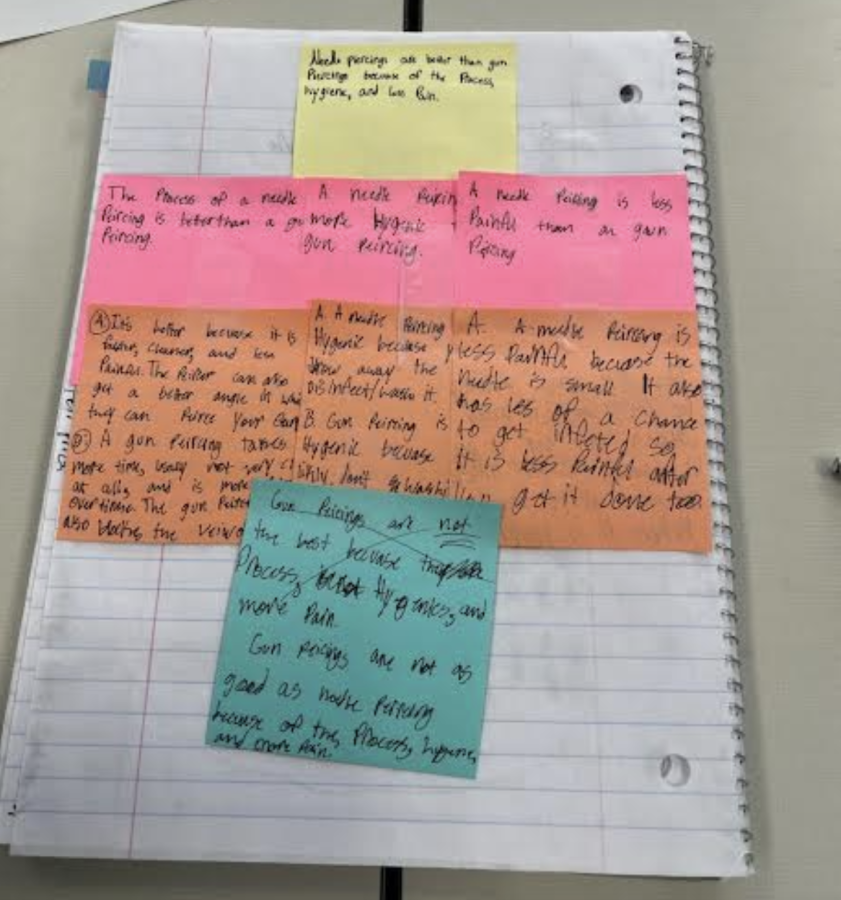


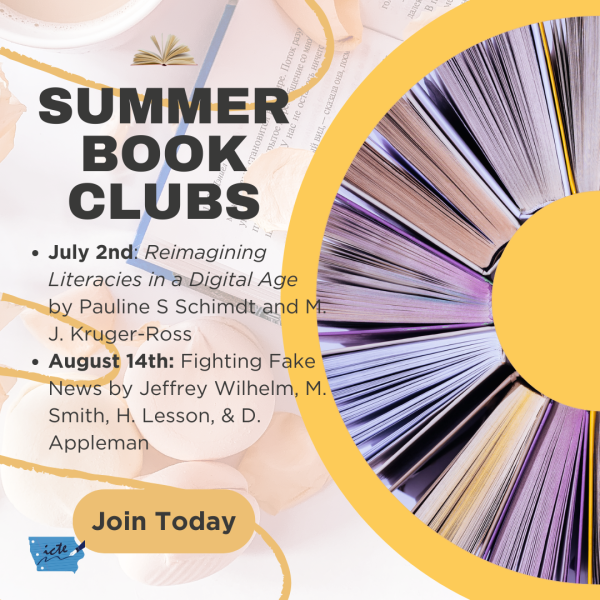
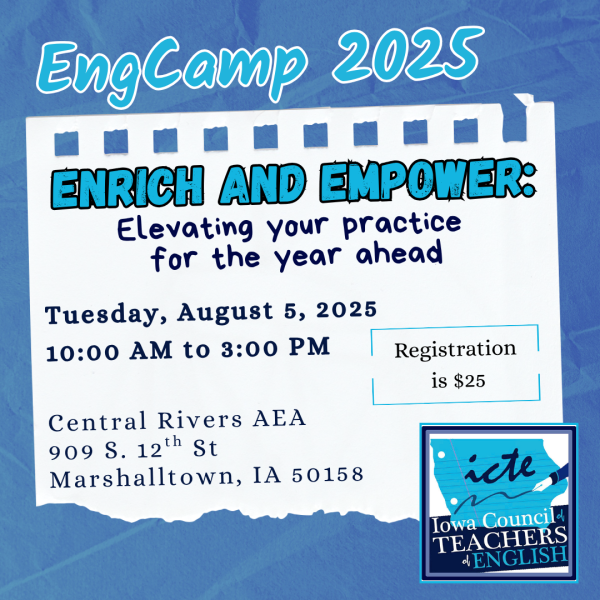

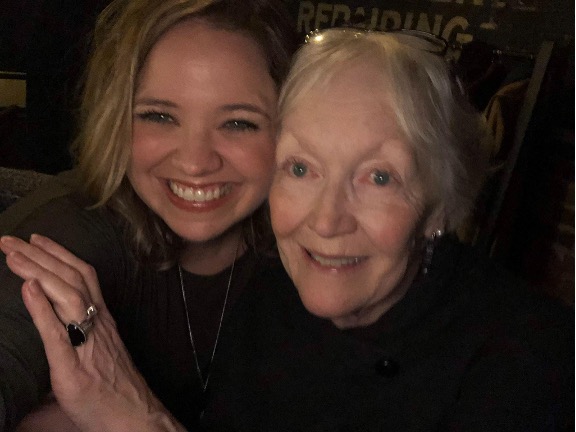





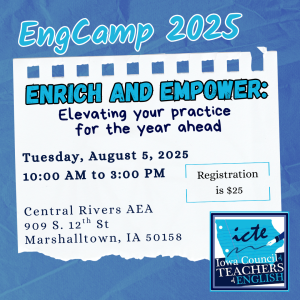
Davis James • Jan 28, 2023 at 8:19 pm
Nice work, Lauren. Sticky notes can be a valuable tool.